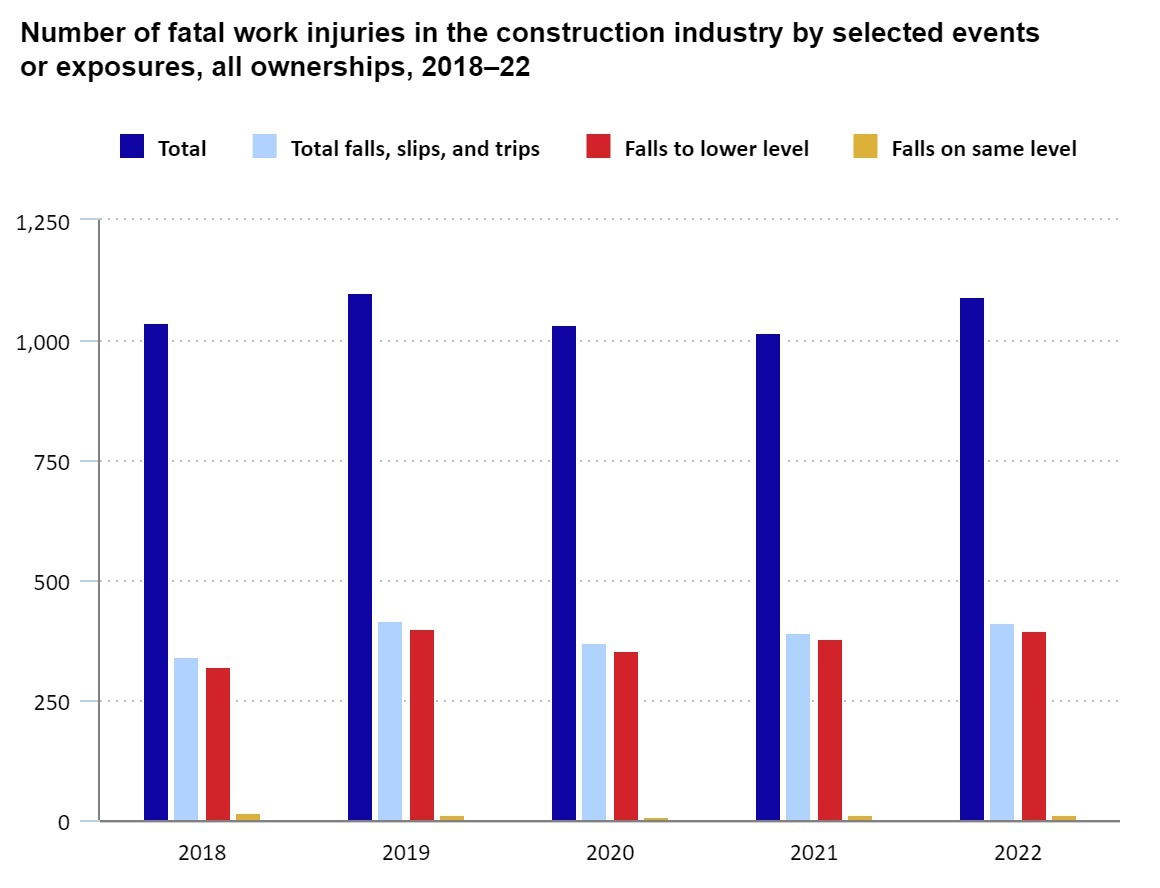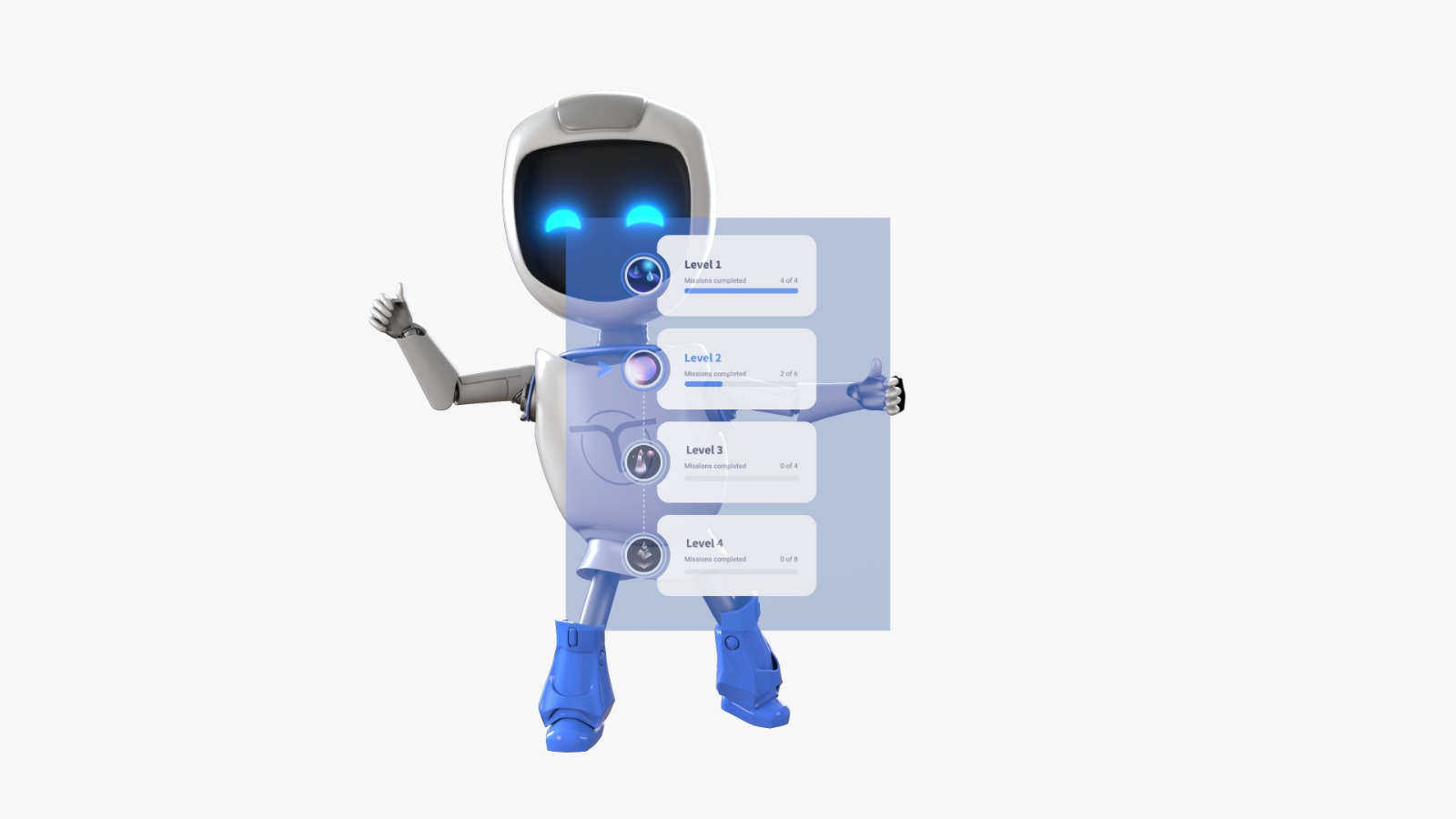Imagine this: You’ve got a multi-million-dollar construction project on a tight deadline, and half your crew is lost, confused, and inefficient from day one. Sounds like a nightmare, right? Well, according to studies, this scenario isn’t as uncommon as you might think. A Gallup report found that only 12% of employees strongly agree that their company does a good job of onboarding new employees. And in an industry like construction, where precision and safety are paramount, poor onboarding can lead to more than just frustration – it can halt progress entirely.
In fact, research shows that effective onboarding can improve employee retention by 82% and productivity by over 70%. How about ineffective onboarding? That’s like leaving your workers to fend for themselves with a half-finished blueprint. It increases the risk of costly errors and also fuels a revolving door of talent that will bleed your budget dry.
So, is your onboarding process for construction workers more of a speed bump than a launchpad? Let’s find out – and more importantly, let’s fix it.
5 Things Your Construction Workers Need to Learn Quickly
1. Safety as a Priority
In construction, safety isn’t just a checkbox; it’s life or death. Yet, too many onboarding processes skim over safety protocols, trusting that workers will “figure it out” on the job. Not a good idea, since the statistics are far too grim

When onboarding lacks a robust safety component, you’re not just putting your workers at risk, you’re setting your project up for failure.
Actionable Step: Design a comprehensive safety training module that includes both digital learning and hands-on practice. Use real-life scenarios and quick quizzes to reinforce learning.
Example: A construction company that implemented virtual safety drills saw a 30% drop in on-site accidents and a noticeable boost in worker confidence.
2. Role Clarity and Task Expectations
The first day on a new construction site can feel like being dropped into a jungle. Without clear instructions on who does what and how, your crew could waste hours (or days) trying to navigate their roles. Confusion over job responsibilities leads to inefficiencies, duplicated efforts, and delays – none of which you can afford on a tight project deadline.
Actionable Step: During onboarding, outline specific job responsibilities for each worker. Provide a “role map” that includes daily tasks, expected output, and reporting structure.
Example: A project that included detailed role clarification during onboarding saw a 20% faster ramp-up time for new hires, helping the project finish weeks ahead of schedule.
3. Tool and Equipment Familiarity
Every construction site has its own arsenal of tools and machinery. Expecting your workers to simply “pick it up as they go” is not just inefficient; it’s dangerous. Unfamiliarity with equipment can lead to misuse, accidents, and downtime due to equipment damage or breakdown.
Actionable Step: Incorporate a tool and equipment orientation into your onboarding process. Allow workers to get hands-on experience with the gear they’ll be using daily.
Example: One company that added equipment-specific training during onboarding reduced tool-related downtime by 35%.
4. The Layout of the Construction Site
The site plan is more than just a blueprint; it’s the roadmap for the entire project. Workers need to know where key areas are, such as storage zones, safety stations, and exits. Without a proper understanding of the layout, workers will waste time navigating the site, which eats into productivity.
Actionable Step: Start every new hire with a site tour and a detailed walkthrough of the site plan. Use digital tools that allow them to review the layout anytime they need a refresher.
Example: A large-scale project in New York improved workflow efficiency by 15% after introducing interactive digital site maps during onboarding.
5. How to Read and Interpret Construction Drawings
Not every worker needs to be a civil engineer, but they should be able to interpret key parts of construction drawings. Misreading a blueprint can lead to costly mistakes and rework. A worker who doesn’t understand the blueprints will either waste time asking questions or worse – make mistakes that could cause delays.
Actionable Step: Offer basic blueprint reading training during onboarding, ensuring that every worker understands key symbols, dimensions, and specifications relevant to their tasks.
Example: A construction company reduced project delays by 20% after implementing mandatory blueprint literacy workshops during onboarding.
6. Compliance Requirements and Building Codes
Building codes aren’t optional, and failing to follow them can lead to fines, project shutdowns, or even structural failures. Your workers need to be well-versed in the codes relevant to their job. Ignoring compliance can lead to massive financial losses if inspections fail.
Actionable Step: Incorporate a segment on local building codes and compliance during onboarding, tailored to the specific type of construction and region.
Example: A project in California avoided costly compliance penalties after training workers in updated local building codes during the onboarding process.
7. Project Deadlines and Milestones
Workers are more motivated when they understand the urgency behind a project. Clear communication about deadlines and milestones keeps everyone on track. If workers don’t know the timeline, they won’t prioritize tasks properly, which slows down the entire project.
Actionable Step: Include a project timeline as part of the onboarding materials. Make sure to communicate how each worker’s role impacts the overall deadline.
Example: After making project milestones part of onboarding, a construction firm saw a 10% improvement in meeting project deadlines.
How Code of Talent Can Help Your Onboarding Process for Construction Workforce
Let’s be honest: construction onboarding isn’t like onboarding for a desk job. It requires hands-on learning, safety prioritization, and knowledge of both technical and physical tasks. That’s where Code of Talent comes in. Our platform breaks down complex onboarding processes into bite-sized, interactive modules that fit seamlessly into the flow of your project.
With Code of Talent, you can offer:
- Microlearning: Easily digestible chunks of information that improve retention and make sure your workers are learning exactly what they need, when they need it.
- Real-Time Feedback: Workers can get instant responses to quizzes, training exercises, and equipment checks, so they don’t have to wait days to know if they’re on the right track.
- Customizable Content: Tailor the onboarding experience to your site’s specific needs, whether it’s safety protocols, blueprint literacy, or equipment handling.
We’re here to help you build a smarter, safer, and more efficient workforce—one module at a time.
Don’t Let Onboarding Sabotage Your Construction Projects
In construction, time is money and both are wasted when onboarding isn’t up to par. Skipping over essential training might seem like a way to speed things up, but in the long run, it’ll cost you. Refine your onboarding process and you’ll see a ripple effect in reduced mistakes, improved safety, and faster project completion.
Ready to supercharge your construction onboarding process? Contact Code of Talent today and discover how we can help you create a high-performing team from day one. Try now!
Photo: Freepik





